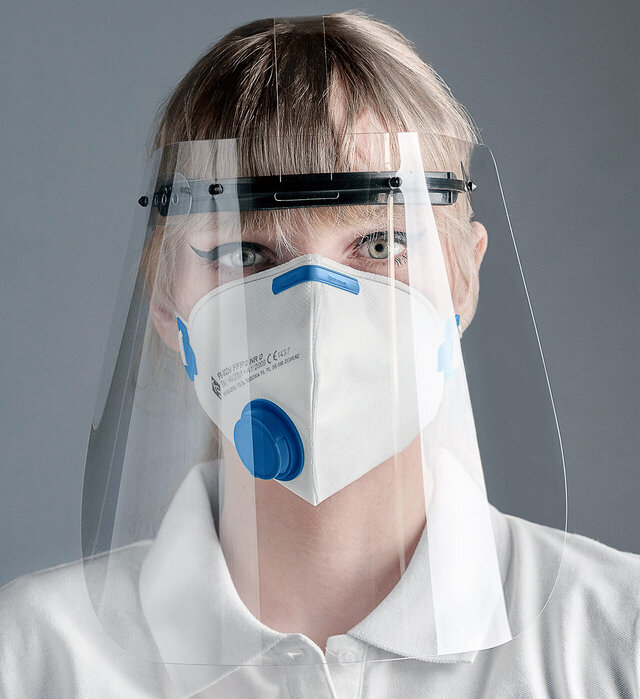Innovative response
Bristol, UK, has decided to to transform parts of the historic Old City area into fully pedestrianised zones. Plans are being drawn up to widen pavements and improve cycle routes through Bristol too on other roads.
Some historic streets like Corn Street, St Nicholas Street and Small Street are due to be pedestrianised. Also, Bristol Bridge is to be closed to motor traffic apart from public transport, taxis and motorcyles.
The idea is to orientate the city both for the present and the future.
Marvin Rees, the mayor of the city, said that "It’s not just about orientating ourselves around the crisis – it’s about making sure we’re thinking about recovery and restoration at the other end"
Specific issues addressed and anticipated impact
People need to be able to travel safely - public transport can be a risk as people share space. Accordingly, walking and cycling may become more popular. Therefore, the public space needs to be adapted to make these activities safer, by providing more space for pedestrians and cyclists.
Promoting cycling and walking will also help after the crisis: the Old City's shops may benefit with increased footfall; and, environmentally, fewer vehicles in general will reduce air (and sound) pollution.
Organisations/institutions involved
Bristol City
- Local government
Issues being addressed:
- Governance responses
Date Submitted:
26 May 2020

